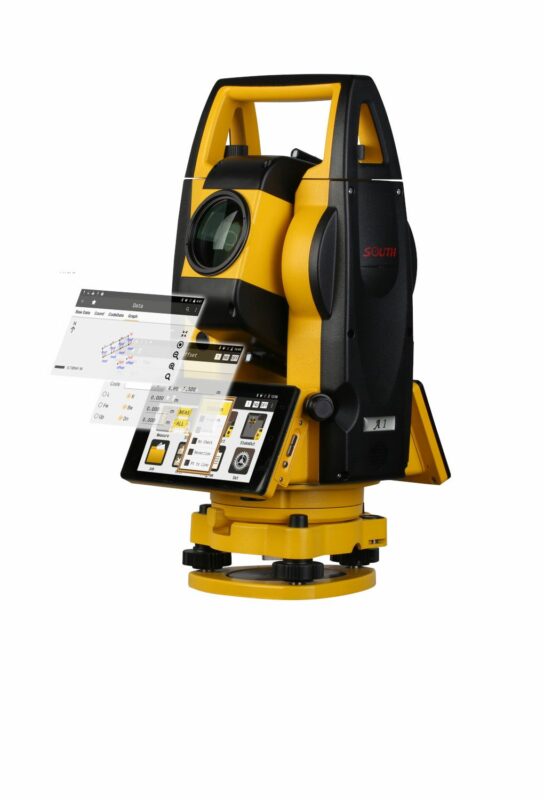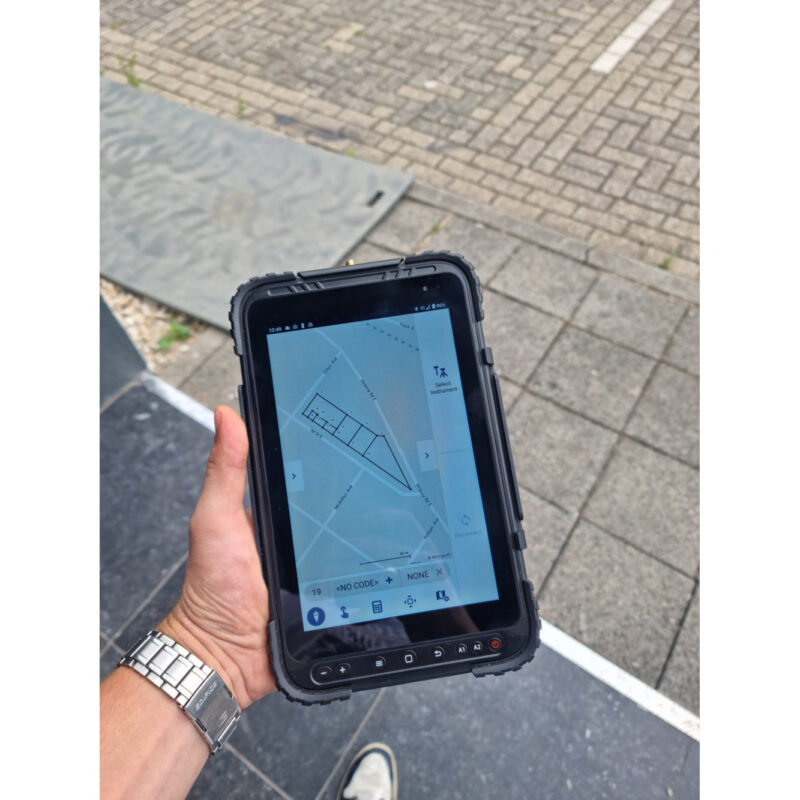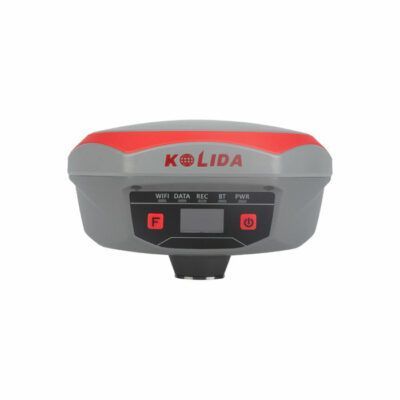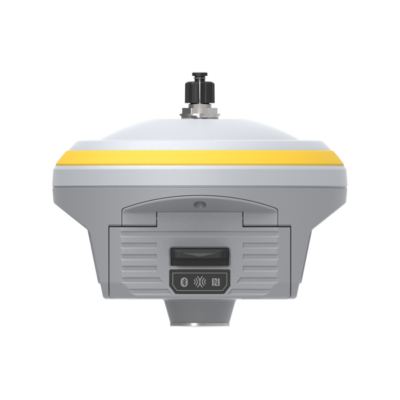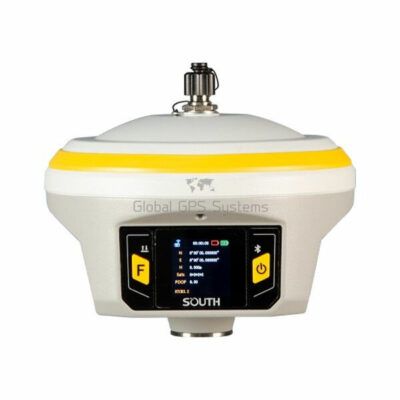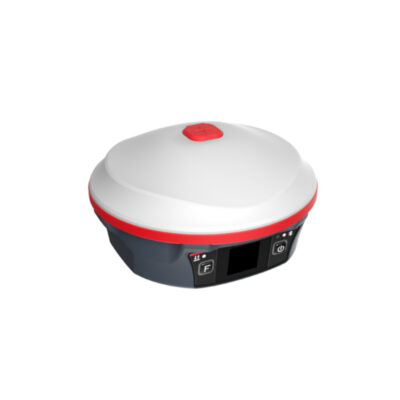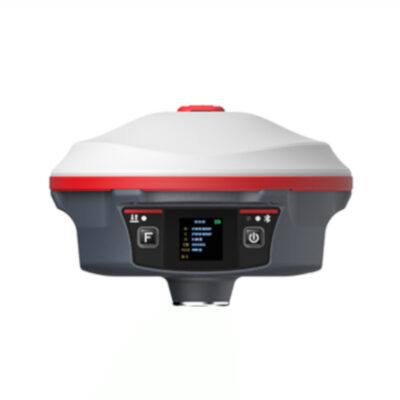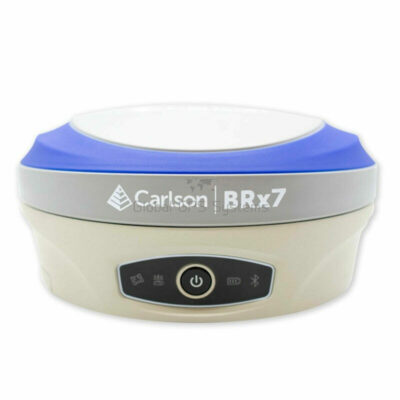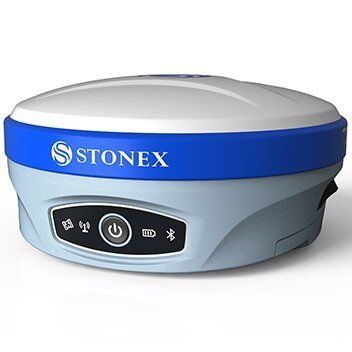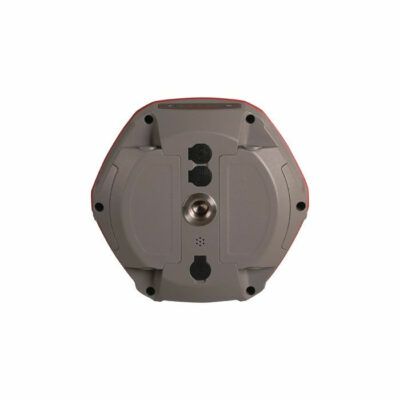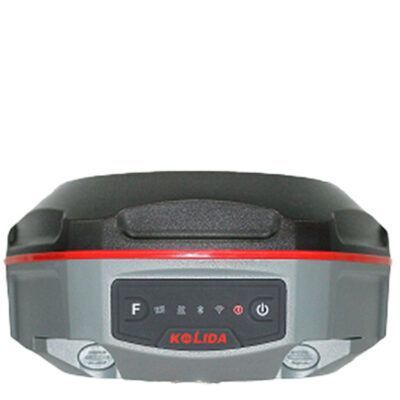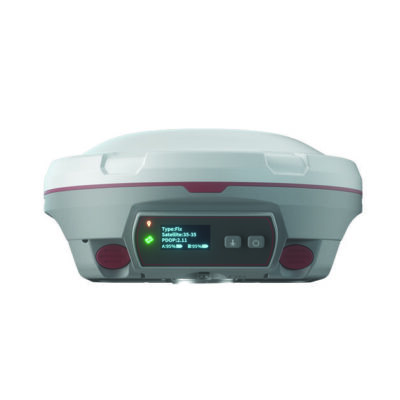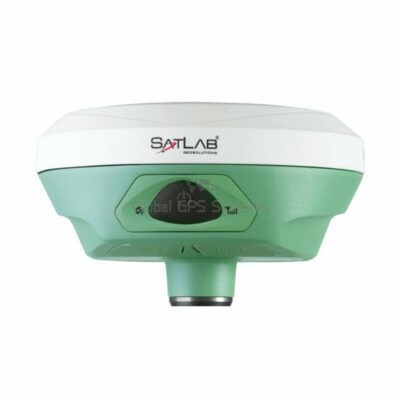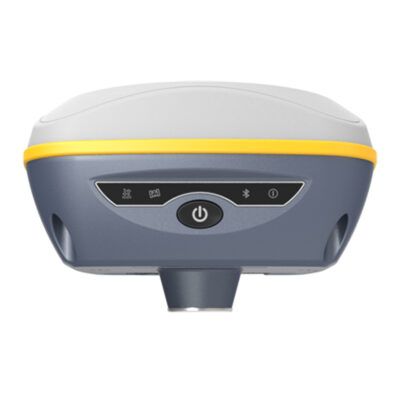GNSS
GPS help guide – Which RTK GPS receiver do I need
A full guide to all the components of a GPS surveying set and what to look for
Where surveying with GNSS was only a job for the educated land surveyor with years of experience, nowadays there are more and more inexperienced users joining this field of work. Why you ask? Well first of all the equipment is getting cheaper. Around 5 to 10 years ago a standard RTK GNSS set will set you back around €15.000 to €20.000. Doable when you are using the equipment every day but when you only use it a couple days a month it would have been a bad investment and recommended was to hire a land surveyor to do the work for you.
Nowadays you can get high performance survey-grade RTK GNSS receivers for around €4.000 to €5.000. Yes they go cheaper as well but then you’ll have to question yourself, is the performance good enough for the environment I’m working in. Read this article to learn more about the GPS performance.
Besides the price, the equipment is getting more user friendly. More Third-party software companies are joining the field which allows you to choose a package that suits your needs.
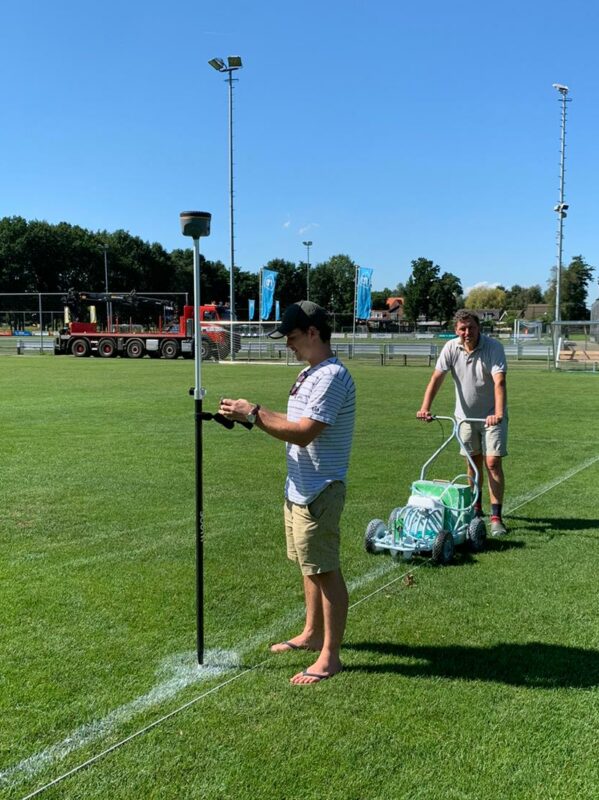
Besides the price, the equipment is getting more user friendly. More Third-party software companies are joining the field which allows you to choose a package that suits your needs. These packages are getting more advanced and the beautiful thing about is that they are compatible with almost any GPS receiver. A lot of the old fashioned big companies still force you to buy their own software which is only compatible with their equipment. The big drawback in this is, if you do want to change receivers because you’re not satisfied with the performance or price, you will have to change everything.
With the compatibility of new brands and software packages you can switch any component to your liking. This is great for when you want to upgrade your GPS antenna because a new brand has just entered the market or for when you are not happy with the functionality of your software and want to change.
In this guide we will talk you through all the components that make a surveying GNSS set and in doing so educating you on what to look for when purchasing a new GPS system.
In this review we will go over:
- Understanding the different setups
- GNSS receiver
You can also read:
- GPS help guide – Should You Have an IMU Tilt Sensor in Your RTK GNSS Receiver?
-
GPS help guide – Do I Need Internet In My RTK GNSS Receiver?
Don’t want to read the whole document? Check out these top 5 GPS receivers per industry:
1. UNDERSTANDING THE DIFFERENT SETUPS
An actual GNSS surveying set consists of multiple components that all play a key part in the process. There are however multiple setups and choosing the setup that you need depends on multiple factors. In this guide we will talk you through the most common setups first and then the components that come with it.
The most common GPS surveying setups are:
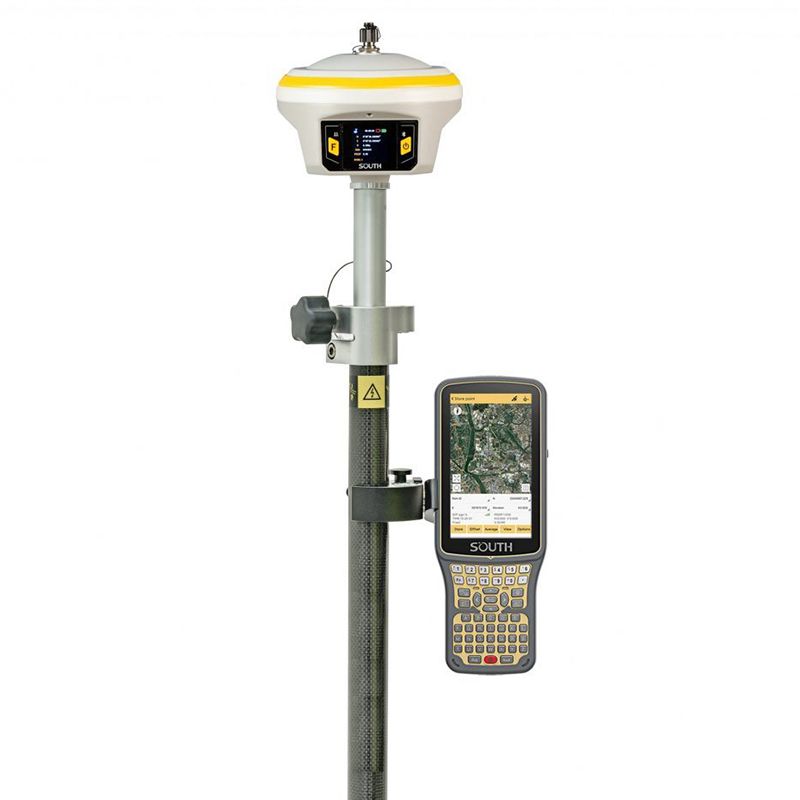
South INNO7 Rover set
A standard RTK GPS set for mapping your terrain, staking out or collecting points.
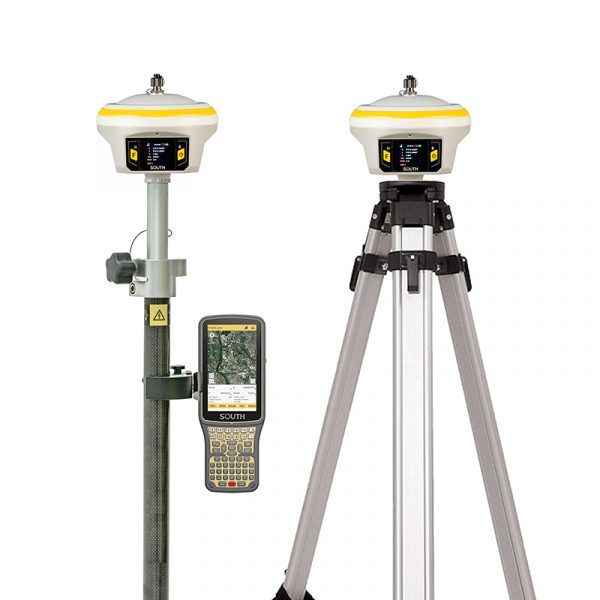
Souh INNO7 Rover and Base set
When you live in a remote area a second GPS receiver is needed to act as a base station for correction data.
As you can see, the big difference in the setups is that a GPS rover set only uses 1 GNSS receiver but a GPS rover and base set uses 2 receivers.
Why is this? Well this has to do with the way you are receiving correction data. Since a GNSS receiver will never be centimeter accurate by itself, you will need a second source where correction data is coming from. You can see it in the example below:
- Mobile phone GPS – 15 to 20 meter accuracy
- Stand alone GNSS – 1 to 5 meter accuracy
- SBAS corrected GNSS – 0.5 to 1 meter accuracy
- L-Band corrected GNSS – 5 to 10 centimeters
- RTK corrected GNSS – 1 to 2 centimeters
As you can see, a GNSS receiver by itself is not centimeter accurate. No matter which brand you take. This is because the satellite signals have to go through the atmosphere which creates errors. To “correct” these errors you can either use an RTK correction service like RTK FIX or setup your own base station. You can read more on this at Correction data
Now let us talk you through the components. While we go through this you will start to understand if you need a rover set or not. This article will also give you an understanding of what each component does and what its function is.
2. RTK GNSS RECEIVER
The RTK GNSS receiver takes care of all the positioning data. It uses the signals of all the available satellites. We won’t go into full details of the workings but if you are interested you can read the article below:
So the GNSS receiver takes care of the positioning part. However, you still need correction data to further improve your accuracy. Also, just positioning data won’t do you any good. You will need something to process this data in. That’s what surveying software is for. More on this later.
What to look for when buying an RTK GPS receiver?
There are a few things you have to look for when buying an RTK GNSS antenna. We will give you a simple list in the features we think are important for your next RTK GPS antenna.
- Internet and mobile data
- Tilt sensor and IMU
- Constellations, channels and frequencies
- Batteries
- Radio
1. Internet and mobile data
Internet connectivity is a vital part of working with GPS. RTK correction provider send data over the internet and without internet you won’t be able to receive data. Yes you can still setup your own base but that will be a more costly and time consuming solution.
So what to look for? It is key to check for the mobile data band. You have 2G, 3G, 4G and nowadays even 5G.
They are planning to stop 2G, 3G and 3.5G

What does that mean for you? Well if you have recently bought a GPS receiver with 2G or 3G, once these networks are offline, you won’t be able to use it anymore. Now you might think I will just upgrade the internet modem then but that’s not as easy as you think. First of all this is a piece of hardware inside the GPS antenna itself which has to be compatible with the actual device and second, the manufacturers would rather sell you a new GPS receiver instead of upgrading an old one. We recommend choosing a receiver that has minimum 4G capacity. This way you are sure it will be working on the long run.
Here are some examples of RTK GPS antenna's with 4G
2. Tilt sensor and IMU
We believe that the tilt sensor is a great technological addition to the development of GPS surveying. Where with the older and less advanced models you need to keep your surveying pole level at all times, the tilt function allows you to keep it at an angle while still measuring the point you want to measure.
Why is this useful? Well as in the picture, when a car is parked above a manhole cover the tilt sensor technology still allows you to capture this point. Old receivers wouldn’t be able to do that. The same as when you are next to a building or tree and just that extra movement to the side allows you to get a good centimeter accurate fix.

The angle plays a big role in how far you can tilt the sensor. Cheaper model have a standard tilt sensor that can go up to 30 degrees. Nowadays the newer models have what’s called IMU (Inertial Measurment Unit) sensors onboard. This calibration free tilt compensation technology allows you to measure at an angle of up to 60 degrees.
Check out this article for more information on the IMU tilt sensor:
Here are some examples of RTK GNSS receivers with 60 degree tilt
3. GNSS constellations, channels and frequencies
GNSS receivers that can use a broad range of satellite constellations perform way better than the ones that only use GPS. That’s where the difference in name comes from as well. GNSS (Global Navigation Satellite System) is the Global name for all constellations combined. These are GPS Glonass Galileo BeiDou QZSS SBAS IRNSS and more.
You can read more about this subject here – GPS help guide – The basics of RTK GPS
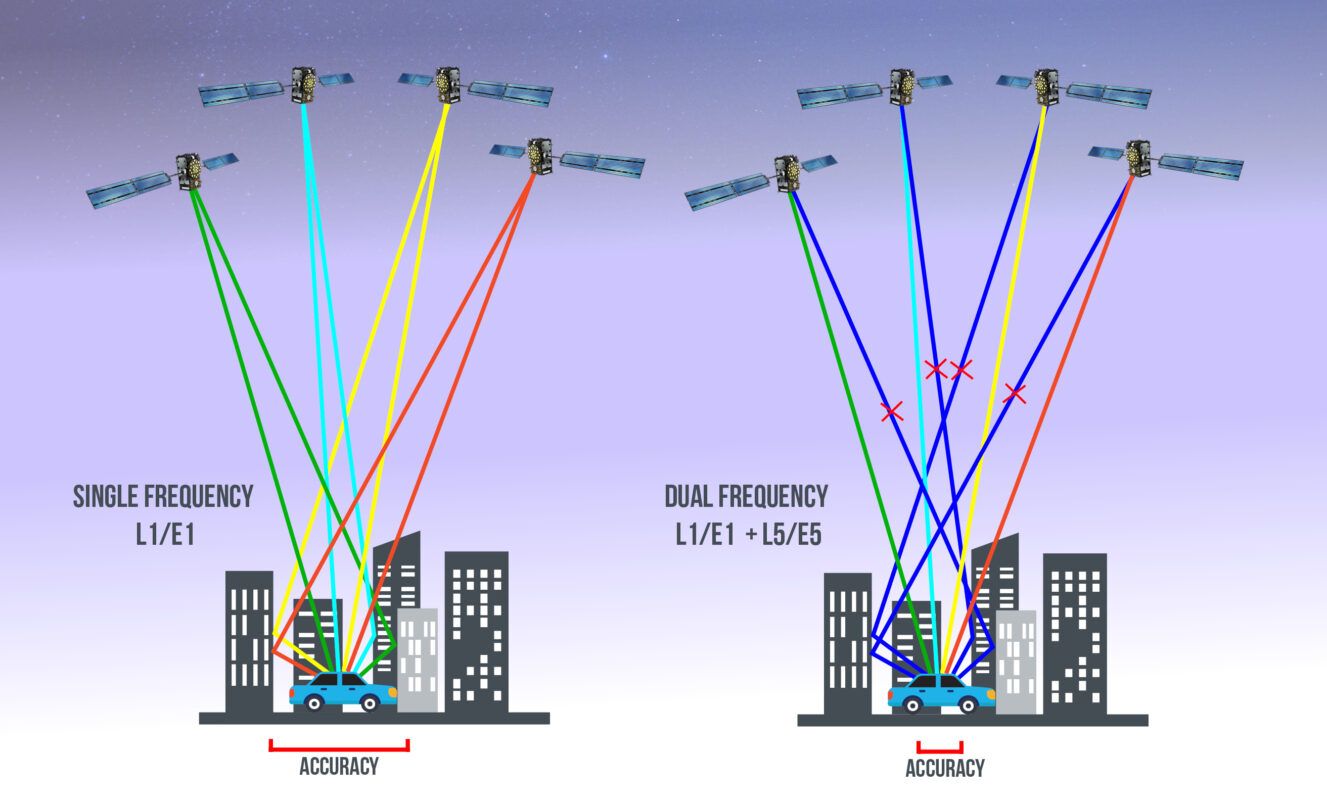
We won’t go into full detail but instead give you a small guideline to find the right receiver for you.
- Constellations – make sure your receiver can use at least GPS Glonass Galileo and BeiDou
- Channels – a GNSS receiver with around 250 to 400 channels will do the job nicely. More than 500 is a bit overkill and less than 200 might result in performance issues
- Frequencies – Take at least a Dual Frequency GNSS antenna but highly recommended is a triple frequency. This means GPS L1 L2 L5, Glonass L1 L2 L3 and BeiDou B1 B2 B3
4. Batteries
RTK GNSS receivers can come in different varieties. One component of this is the battery setup. Choosing the right battery setup really depends on what type of worker you are, how long you need to use the equipment for and who is using it.
The 2 main setups are:
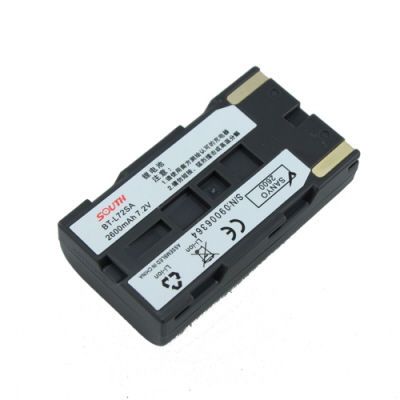
GPS antenna’s with internal batteries
These receivers have internal – non removable – battery packs. They are easy to use, you will never loose the batteries and can be easily charged with a USB cable or car charger
The downsides however are that if you forget to charge it, you are screwed. An external battery pack won’t do you any good either. Also, if you use the GPS receiver a lot the battery might degrade. You can see this with your phone as well and since they are internal they are really hard and expensive to replace
GPS antenna’s with external batteries
most surveyors use GNSS antenna’s with external batteries. The better receivers have a system what’s called hot-swappable. In these receivers there are 2 battery slots. While surveying, the GPS receiver is capable of running on 1 battery, which means that if 1 runs out, you can remove and replace it without the receiver actually turning off. This way you can continuously survey without stopping. Also since the batteries are external you can easily replace them when used a lot.
GPS receivers with hot-swappable batteries
Click here to login or register
Click here to login or register
Click here to login or register
GPS receivers with internal batteries
Click here to login or register
Click here to login or register
Click here to login or register
Click here to login or register

